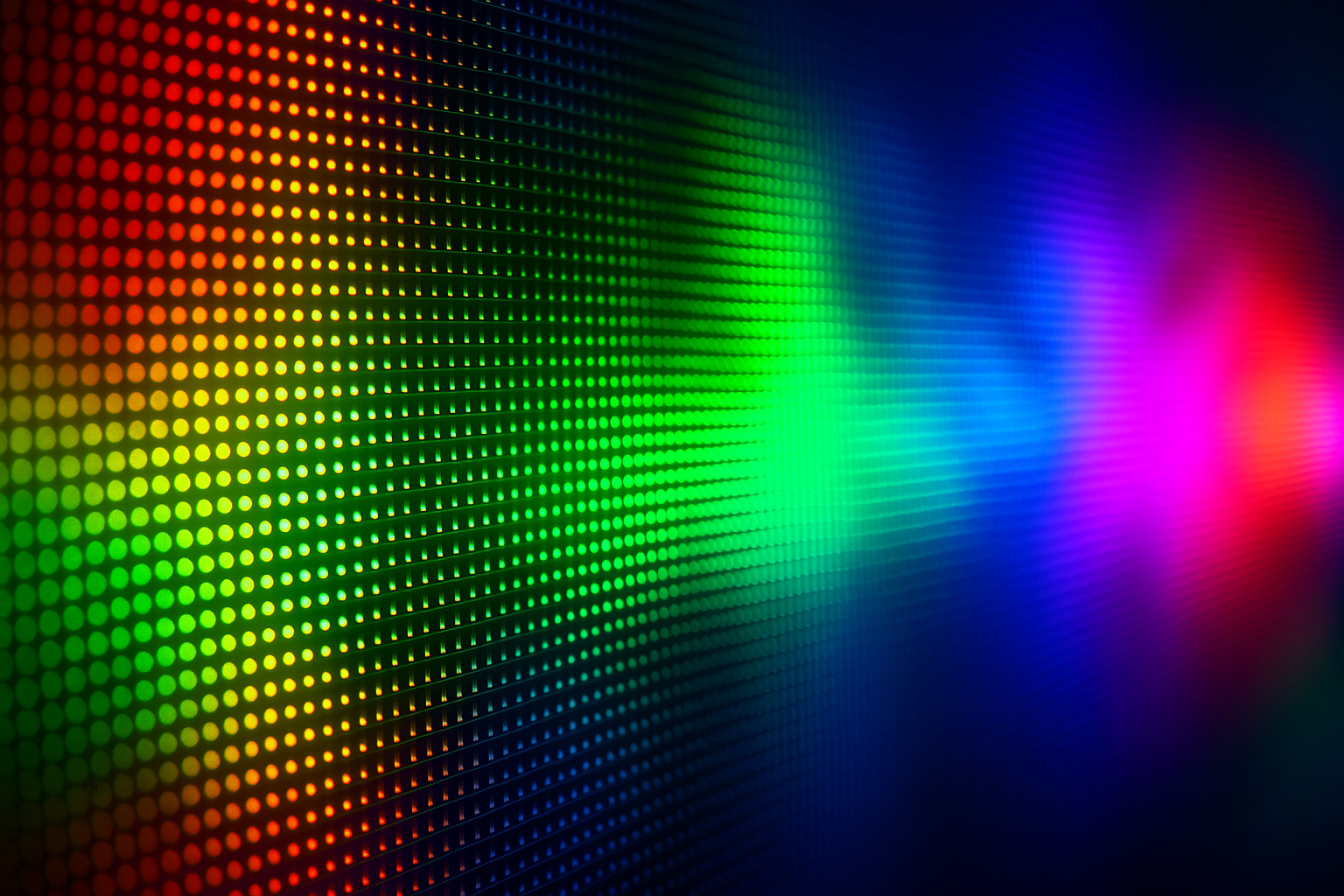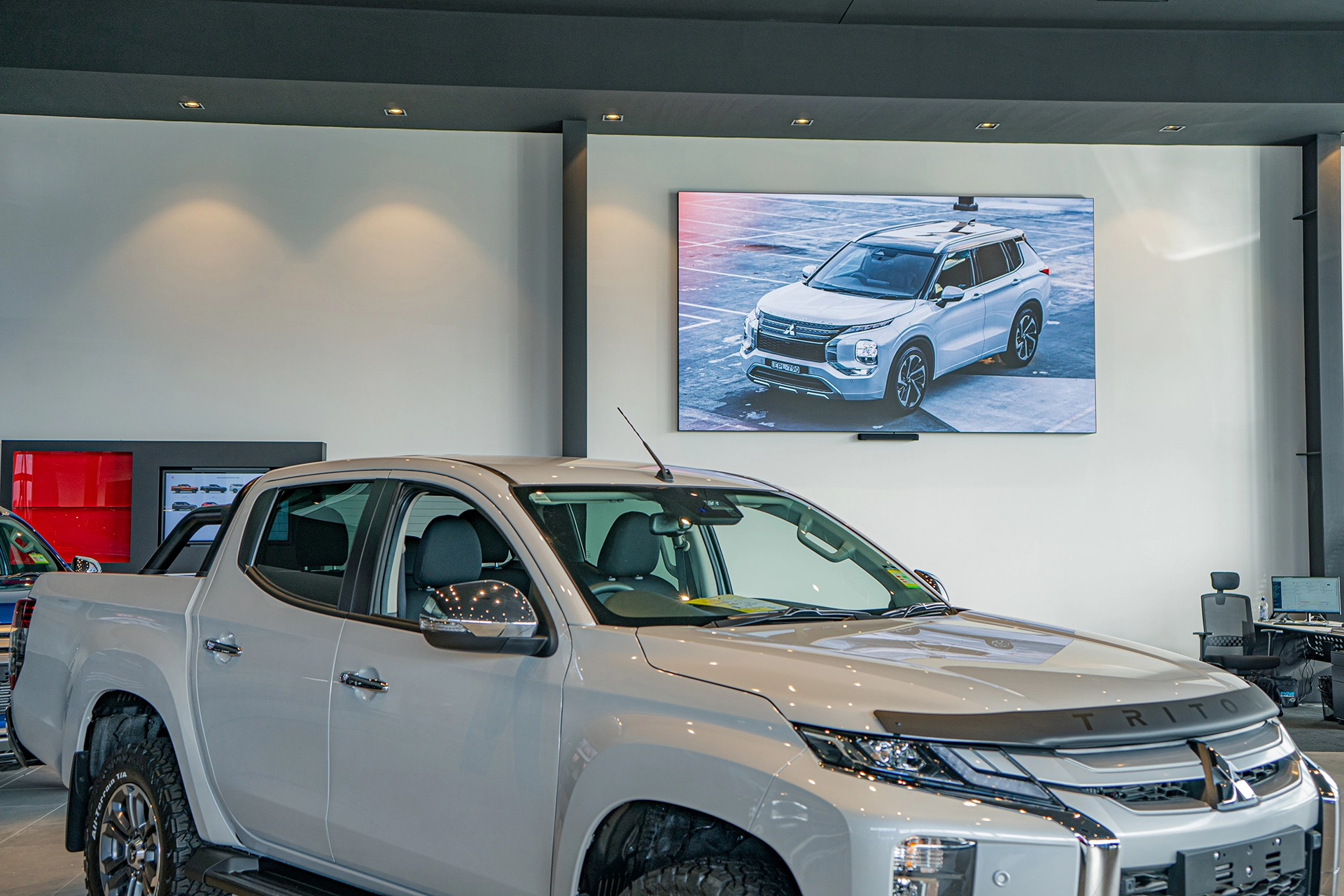
The Future of LED Display Technology: Innovations Driving Digital Signage
Digital signage has moved far beyond static billboards and scrolling tickers. Today’s displays are high‑resolution, energy efficient and smart enough to personalise content on the fly. Behind this revolution is a surge of innovation in LED‑based technologies. In this post we explore the breakthroughs reshaping LED displays and explain how each one can elevate your digital‑signage strategy.
Micro‑LED and Direct‑View LED: A Quantum Leap in Performance
Traditional LCD panels rely on a backlight to illuminate images. Micro‑LED screens take a different approach: they use millions of microscopic LEDs that each emit their own light. This self‑emissive design allows for breathtaking brightness and contrast, making images pop even in direct sunlight. Combined with the modular nature of direct‑view LED (dvLED) tiles, micro‑LED technology scales to fill everything from compact shopfront displays to stadium‑sized video walls.
Why it matters:
High brightness and clarity. Micro‑LED and dvLED displays can reach up to 10,000 nits and essentially infinite contrast ratios. The picture stays crisp even under harsh daylight.
Long lifespan and efficiency. Inorganic LED materials resist burn‑in and last over 100,000 hours, while consuming 30–50 % less power than comparable LCD panels.
Customizable formats. Modular dvLED tiles allow seamless displays of almost any size or aspect ratio, including curved installations.
Flexible, Rollable and Curved LED: Display Anywhere
Thanks to advances in flexible printed circuits and protective coatings, LEDs no longer need to live on rigid boards. Ultra‑thin, bendable panels can wrap around architectural features or roll up for transport. Pixel pitches have dropped to around 1.5 mm, matching the clarity of traditional indoor panels.
How this helps your signage:
Creative placement. Bendable panels hug columns, curves and even furniture, turning awkward spaces into eye‑catching canvases.
Immersive storytelling. Continuous wrap‑around imagery draws visitors into your environment and encourages them to linger.
Easy logistics. Lightweight panels roll up for pop‑up events or seasonal installations, reducing labour and shipping costs.
Transparent LED: Digital Storytelling Without Blocking the View
Transparent LED screens are essentially see‑through displays. They let 70 % or more of ambient light pass through while projecting dynamic graphics on the surface. In a storefront, passers‑by can still look inside while ads and promotions float on the window. Because they harness daylight, transparent displays often consume less power than conventional digital signs.
Where they shine:
Retail and hospitality. Transparent screens showcase products or menus without obscuring interiors, which has been shown to boost foot traffic and dwell time.
Museums and exhibitions. Overlay historical context or fun facts on artefacts without putting anything under glass.
Smart cities. Transparent displays double as windows or glass facades, turning buildings into information portals.
Interactive and Touchless Displays: From Viewing to Doing
Adding sensors to LED panels transforms signage into a two‑way conversation. Capacitive and infrared touch sensors support multi‑touch gestures, while motion sensors and cameras enable touchless control. Voice recognition systems let people ask questions or control the display with speech.
The benefits:
Deeper engagement. Interactive content invites your audience to explore products, play games or take surveys directly on the screen.
Hands‑free convenience. In a post‑pandemic world, touchless navigation reduces hygiene concerns and makes signage accessible to people with limited mobility.
Actionable insights. Built‑in analytics measure dwell time, detect returning customers and gauge reactions, allowing content to adapt in real time.
3D and Holographic Displays: Experiences That Jump Off the Screen
Three‑dimensional LED displays use layers of transparent material or lenticular lenses to create depth without glasses. Holographic fans and newly announced hololuminescent panels project volumetric images into thin air. Looking Glass’s 2025 HLD technology embeds a holographic volume into an LCD or OLED stack, delivering 4K resolution and high brightness in a form factor less than an inch thick.
Why it’s a game‑changer:
Unforgettable visuals. Floating logos, products and characters stop people in their tracks and inspire social‑media sharing.
Group viewing. Holographic displays don’t require eye‑tracking or headsets, so large audiences can enjoy the effect simultaneously.
Easy integration. New hololuminescent displays work with standard video workflows and content management systems, removing barriers to adoption.
AI‑Driven Content and Smarter Connectivity
Modern digital signage isn’t just about the screen—it’s also about what’s playing on it. Artificial intelligence and machine‑learning algorithms analyse demographics, weather and foot‑traffic patterns to serve content tailored to each moment. Predictive scheduling tools learn which ads perform best at different times of day and swap content automatically when conditions change.
At the same time, 5G and AV‑over‑IP infrastructures ensure that high‑resolution video and interactive data flow smoothly without heavy cabling. Edge processors keep displays running when the network drops and allow local analytics processing to reduce latency.
Key advantages:
Personalization at scale. Deliver relevant messages based on who is nearby and what’s happening, boosting conversion rates.
Real‑time updates. Instantly change menus, promotions or emergency messages across multiple locations.
Reduced workload. Automation cuts down on manual scheduling and ensures content is always fresh.
Sustainability and Energy Efficiency
Consumers and regulators alike expect businesses to demonstrate environmental responsibility. Thankfully, LED innovations are making it easier. Energy‑efficient backlights, automatic brightness control and new materials cut power consumption, while long‑lived LEDs reduce electronic waste. Manufacturers are also incorporating recycled plastics, metals and glass into displays.
By choosing sustainable signage solutions, brands not only lower operating costs but also appeal to eco‑conscious audiences.
A Bright Future for Digital Signage
LED technology is evolving at a breathtaking pace. From micro‑LED performance breakthroughs to flexible and transparent panels, interactive sensors and holographic displays, each innovation opens up new creative possibilities. When paired with AI‑driven content and modern network infrastructure, today’s digital signage can deliver highly engaging experiences that resonate with audiences and drive measurable results.
Whether you’re planning a storefront installation, an event activation or a large‑scale outdoor billboard, keep an eye on these emerging technologies. The next generation of LED displays promises to make digital signage brighter, smarter and more captivating than ever.







